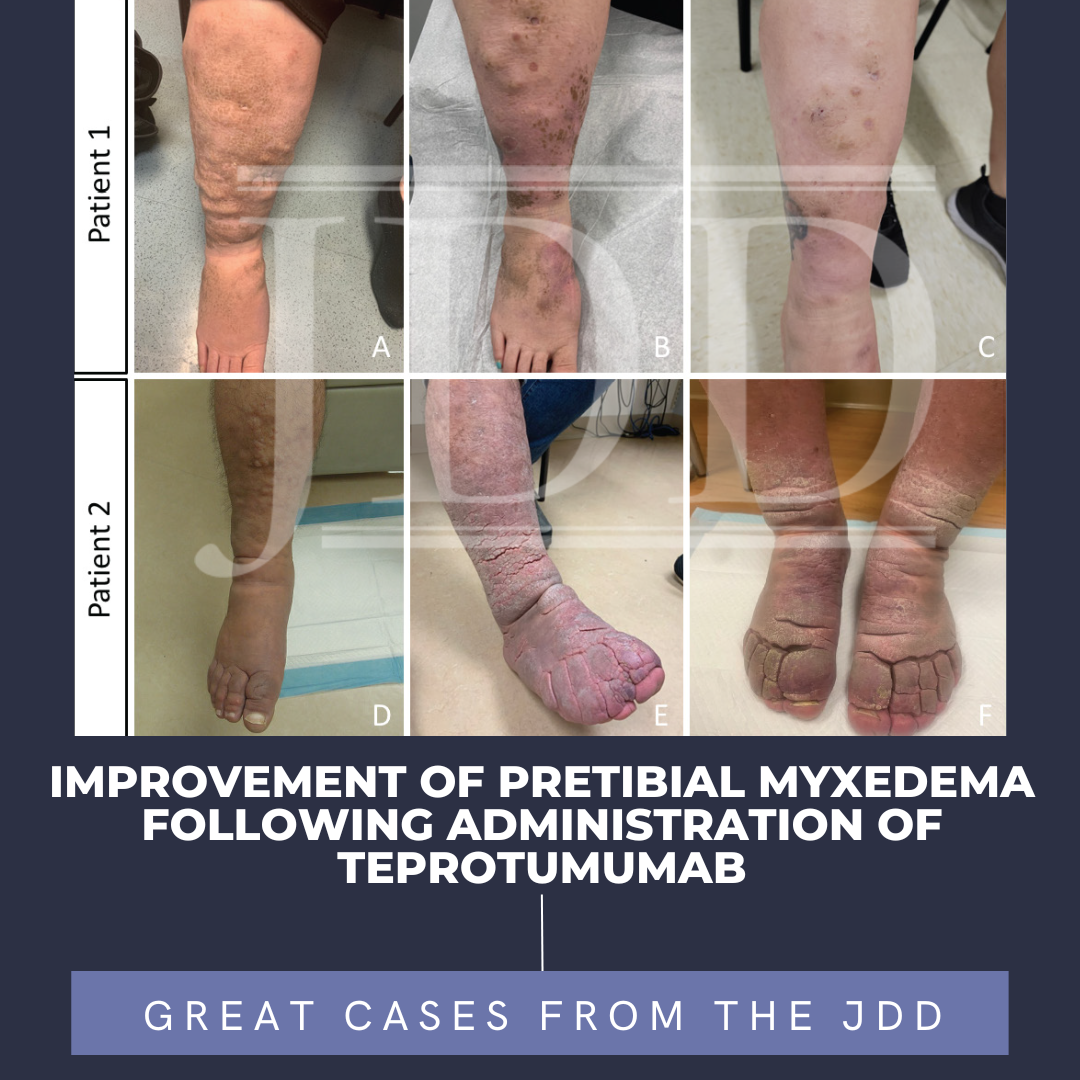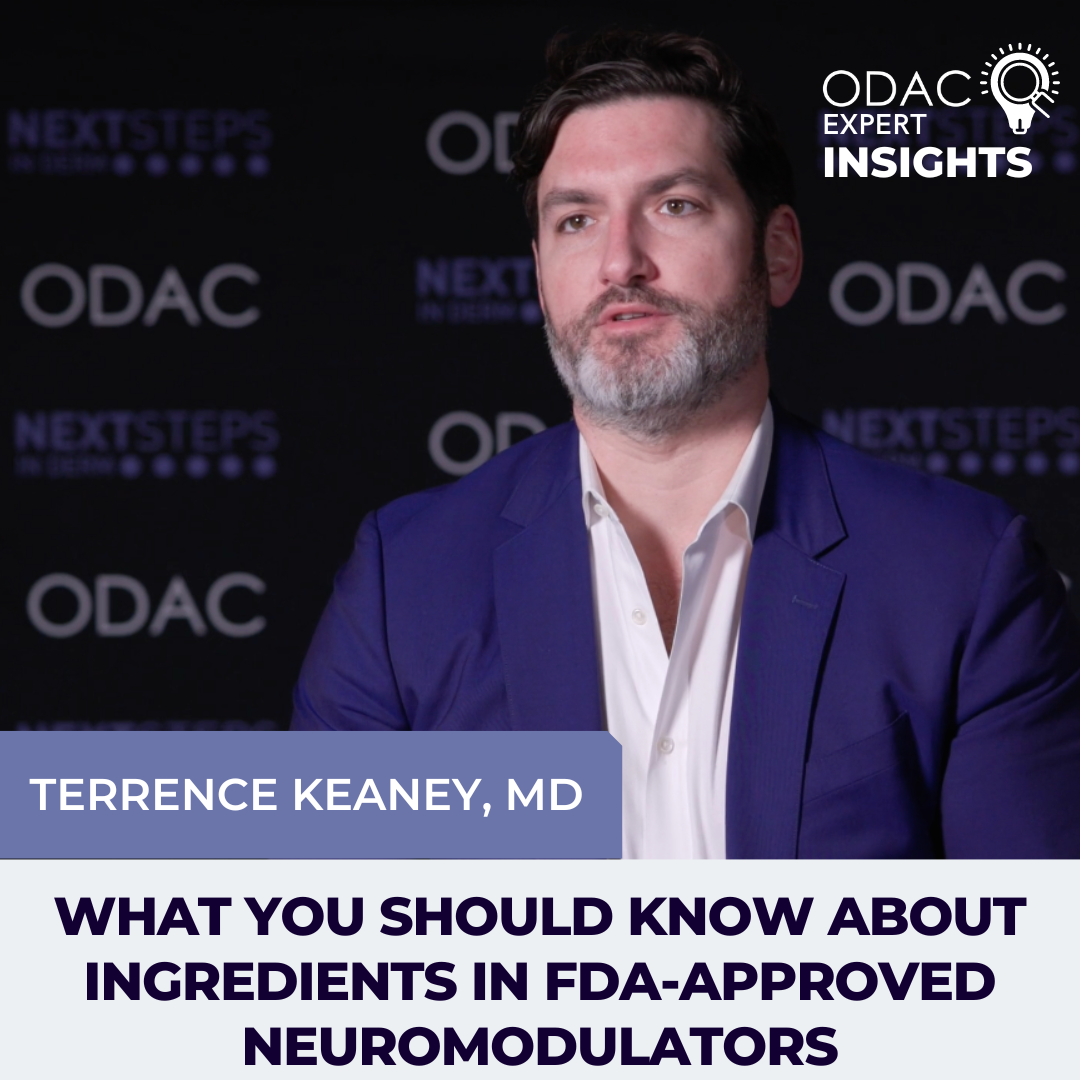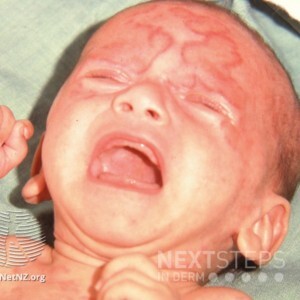Improvement of Pretibial Myxedema Following Administration of Teprotumumab
205632056320563 Pretibial myxedema (PTM) is a rare complication of Graves' disease. It is characterized by non-pitting edema with hyperpigmented hyperkeratotic papules and plaques on bilateral lower legs. Effective treatments for patients with PTM are lacking. The etiology of PTM is unknown; however, it may be similar to the mechanism of thyroid-associated ophthalmopathy (TAO). Activated fibroblasts produce infla …
Pretibial myxedema (PTM) is a rare complication of Graves' disease. It is characterized by non-pitting edema with hyperpigmented hyperkeratotic papules and plaques on bilateral lower legs. Effective treatments for patients with PTM are lacking. The etiology of PTM is unknown; however, it may be similar to the mechanism of thyroid-associated ophthalmopathy (TAO). Activated fibroblasts produce infla …
 Pretibial myxedema (PTM) is a rare complication of Graves' disease. It is characterized by non-pitting edema with hyperpigmented hyperkeratotic papules and plaques on bilateral lower legs. Effective treatments for patients with PTM are lacking. The etiology of PTM is unknown; however, it may be similar to the mechanism of thyroid-associated ophthalmopathy (TAO). Activated fibroblasts produce infla …
Pretibial myxedema (PTM) is a rare complication of Graves' disease. It is characterized by non-pitting edema with hyperpigmented hyperkeratotic papules and plaques on bilateral lower legs. Effective treatments for patients with PTM are lacking. The etiology of PTM is unknown; however, it may be similar to the mechanism of thyroid-associated ophthalmopathy (TAO). Activated fibroblasts produce infla … Continue reading "Improvement of Pretibial Myxedema Following Administration of Teprotumumab"


 Next Steps in Derm, in partnership with Pigmentary Disorders Exchange Symposium interviewed Dr. Amit Pandya, staff dermatologist with Palo Alto Foundation Medical Group and adjunct professor in the department of dermatology at the University of Texas Southwestern Medical Center. Dr. Pandya says this is the most exciting time for him as a dermatologist with new vitiligo medications on the market an …
Next Steps in Derm, in partnership with Pigmentary Disorders Exchange Symposium interviewed Dr. Amit Pandya, staff dermatologist with Palo Alto Foundation Medical Group and adjunct professor in the department of dermatology at the University of Texas Southwestern Medical Center. Dr. Pandya says this is the most exciting time for him as a dermatologist with new vitiligo medications on the market an …  Next Steps in Derm, in partnership with ODAC Dermatology, Aesthetic & Surgical Conference, interviewed Dr. Terrance Keaney, assistant clinical faculty of dermatology at GW School of Medicine and Health Sciences, and Howard University. Dr. Keaney says there’s more to neuromodulators than the active protein -- other proteins in the vials could play a role in treatment effectiveness. Could eve …
Next Steps in Derm, in partnership with ODAC Dermatology, Aesthetic & Surgical Conference, interviewed Dr. Terrance Keaney, assistant clinical faculty of dermatology at GW School of Medicine and Health Sciences, and Howard University. Dr. Keaney says there’s more to neuromodulators than the active protein -- other proteins in the vials could play a role in treatment effectiveness. Could eve …  A 2 day-old infant is being seen in the hospital for the following rash. Which of the following is not true about the infant’s disease?
A. Skin lesions typically resolve without scarring
B. There is a strong association with anti-SSA/Ro antibodies
C. There are also reports of the presence of U1RNP antibodies
D. Lesions have a predilection for the face
E. Heart block often deve …
A 2 day-old infant is being seen in the hospital for the following rash. Which of the following is not true about the infant’s disease?
A. Skin lesions typically resolve without scarring
B. There is a strong association with anti-SSA/Ro antibodies
C. There are also reports of the presence of U1RNP antibodies
D. Lesions have a predilection for the face
E. Heart block often deve …